
Blood in the Machine
The Origins of the Rebellion Against Big Tech
Recommendation
When you imagine a Luddite, you probably think of someone who foolishly opposes technological progress. But according to bestselling author and tech journalist Brian Merchant, that’s an unfair stereotype created by elites to dismiss employees advocating for their rights. The real Luddites were textile workers who saw their lives and families destroyed by automation and, when business and government refused to protect their rights, they rebelled. Though the Luddite uprising is a historical event, Merchant clearly shows that its power dynamics are deeply relevant in the age of AI and gig work.
Summary
About the Author
Brian Merchant is the author of the bestselling book The One Device: The Secret History of the iPhone and a technology consultant for The Los Angeles Times. He’s also the co-founder of Vice Media’s science fiction outlet, Terraform, and the founder of Gizmodo’s Automaton project, which examines the future of work and AI.


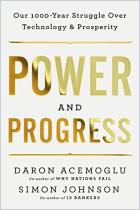
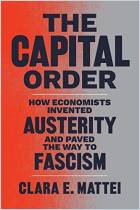
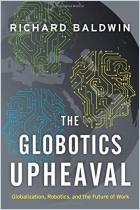

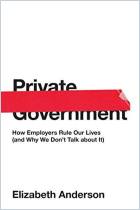
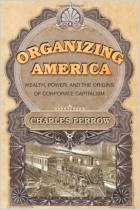


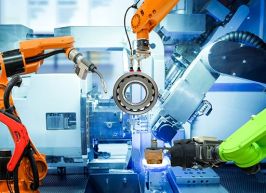
Comment on this summary